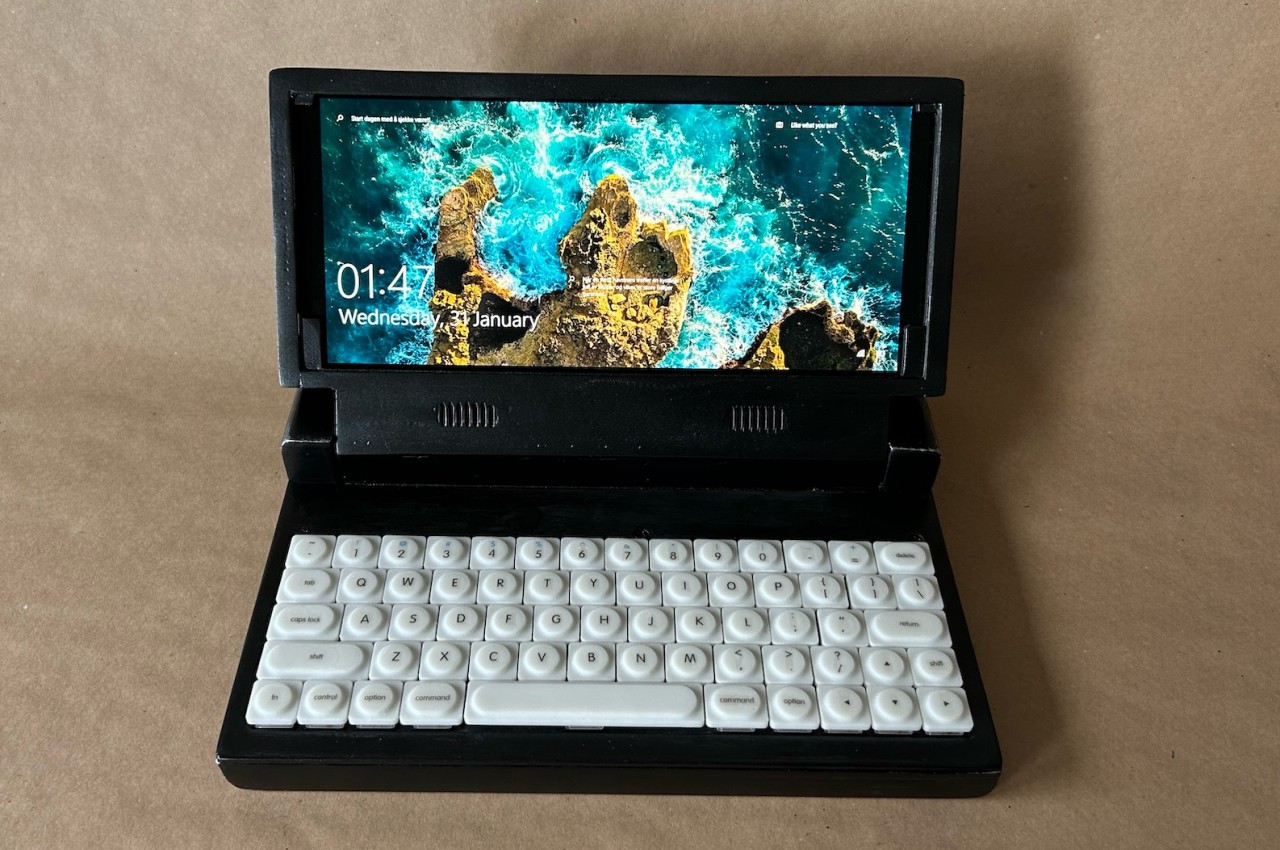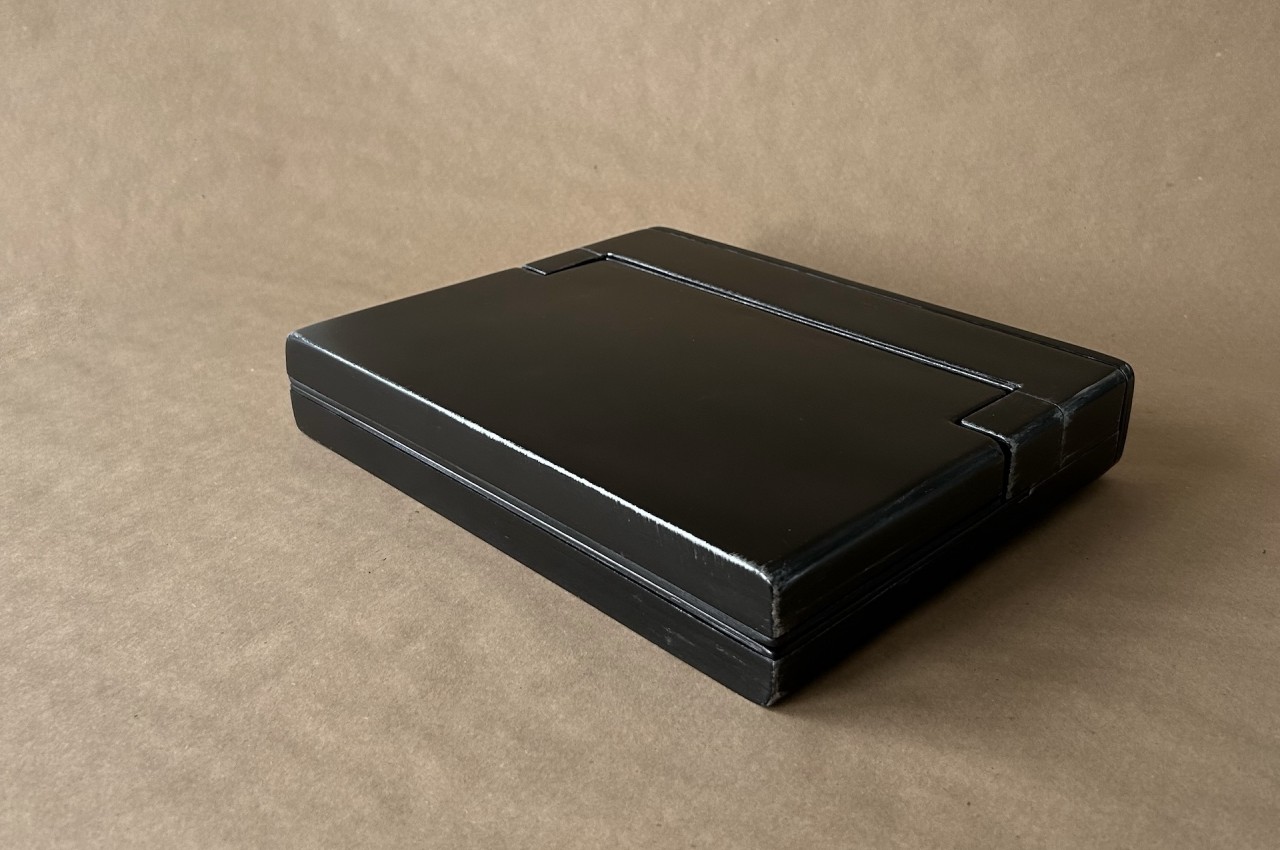GRiD Compass 80s computer is reborn in a retro-futuristic DIY laptop
JC Torres
Yanko Design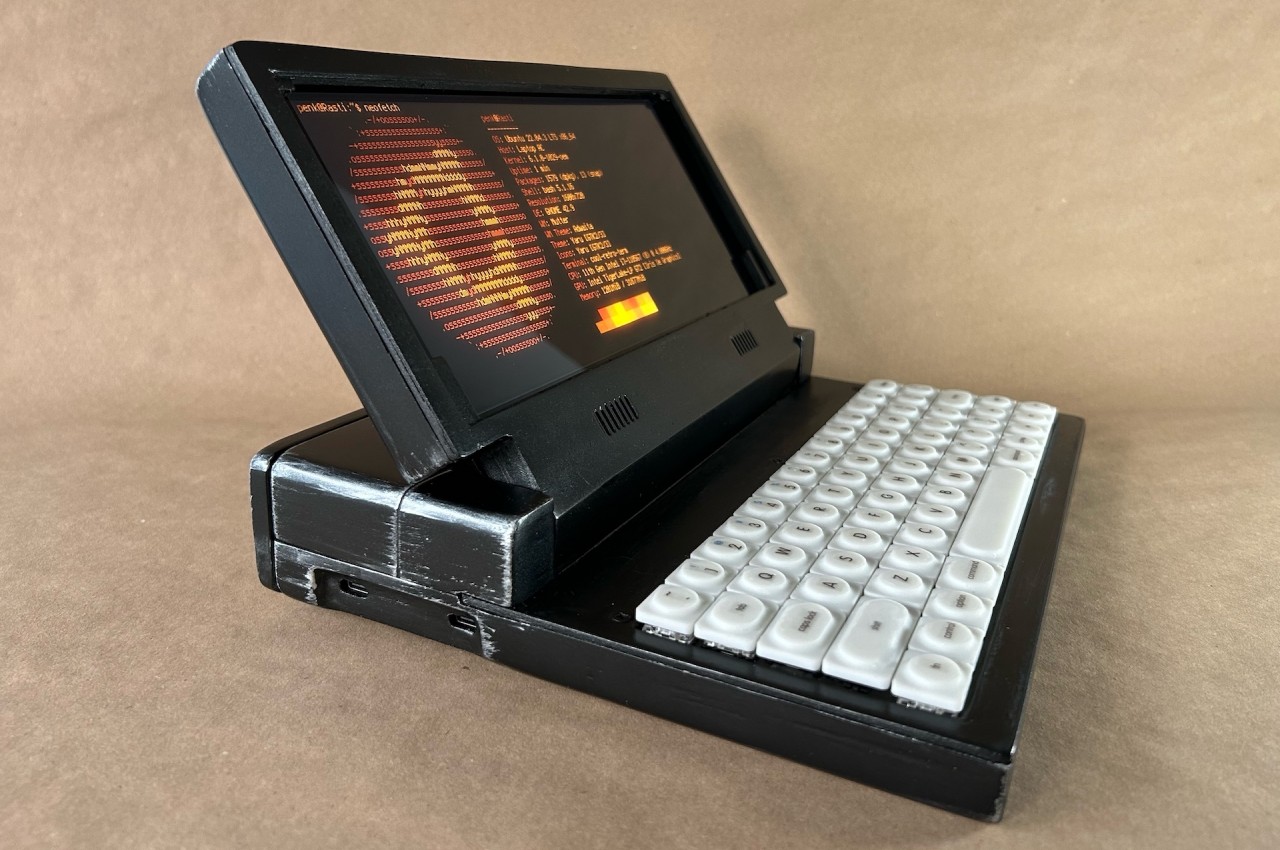
Computing history is filled not only with monumental machines that celebrate the achievement of human ingenuity but also with designs that look both alien and intriguing to our modern eyes. Of course, the computers of the past were designed to work within the limits of technology at that time, resulting in appearances that are simply out of this world yet oddly very desirable, at least as decorative pieces. The recent retro trend, however, is making these vintage designs actually useful by shoving modern-day components inside old shells, or at least a close facsimile of those old shells. Take for example one of the world’s first-ever laptops, recreated as an actual modern laptop that you can use, presuming you have the pieces and the patience to build it yourself.
Designer: Penk Chen
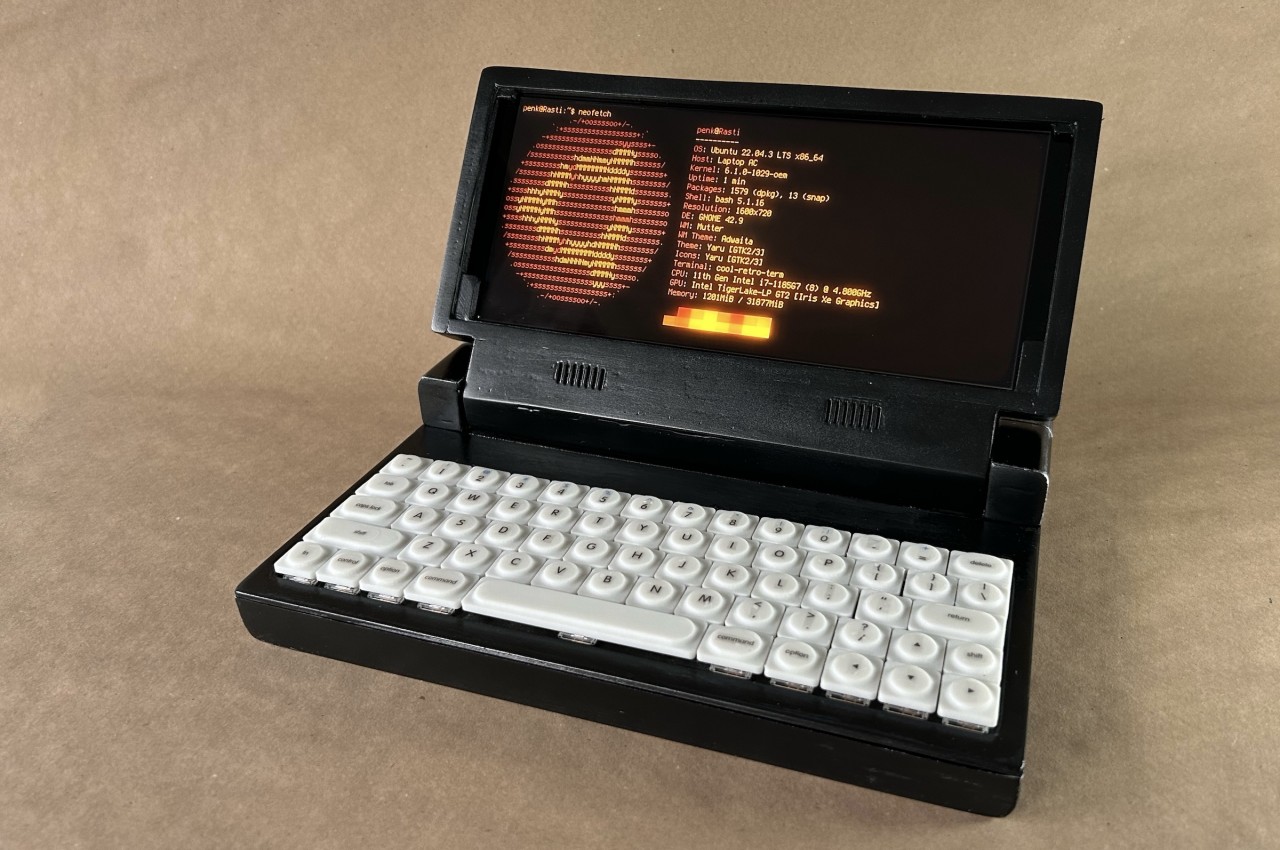
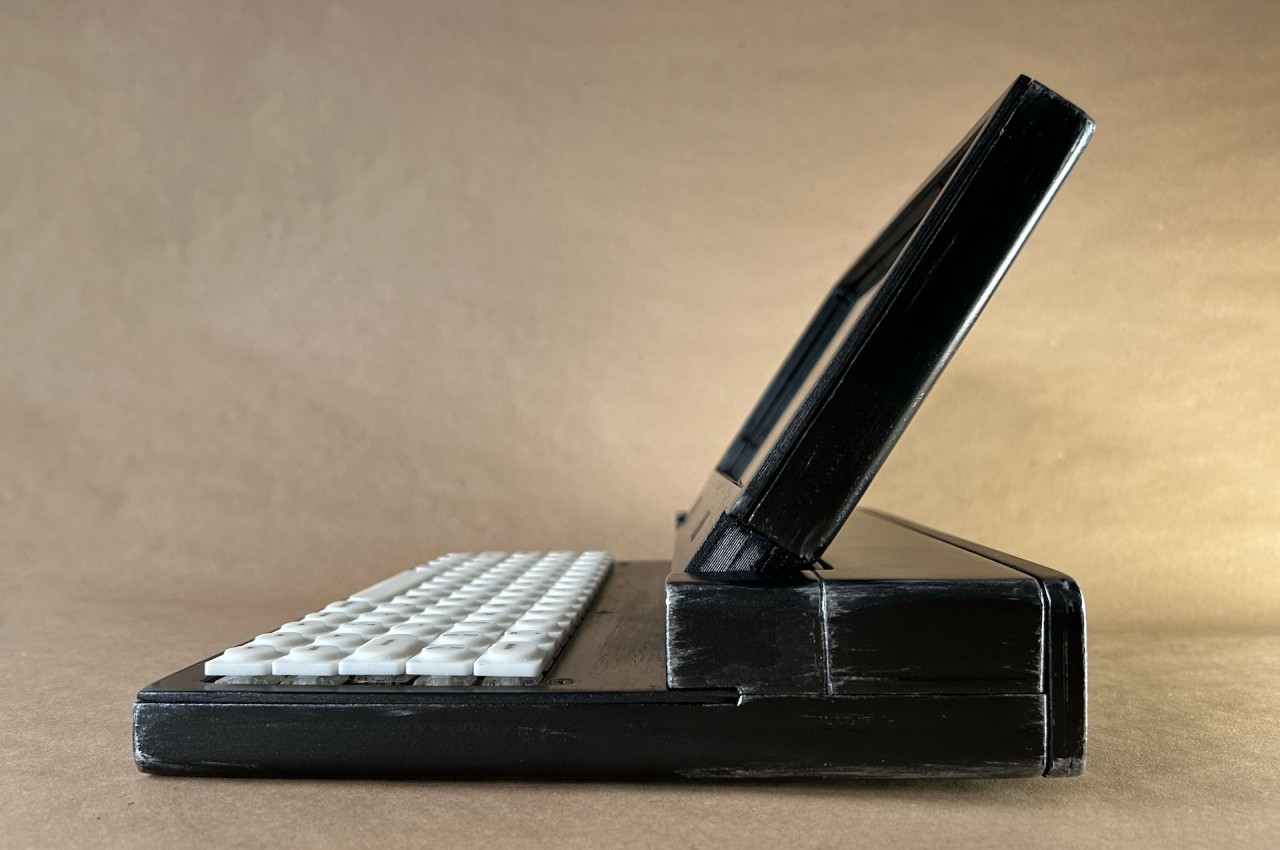
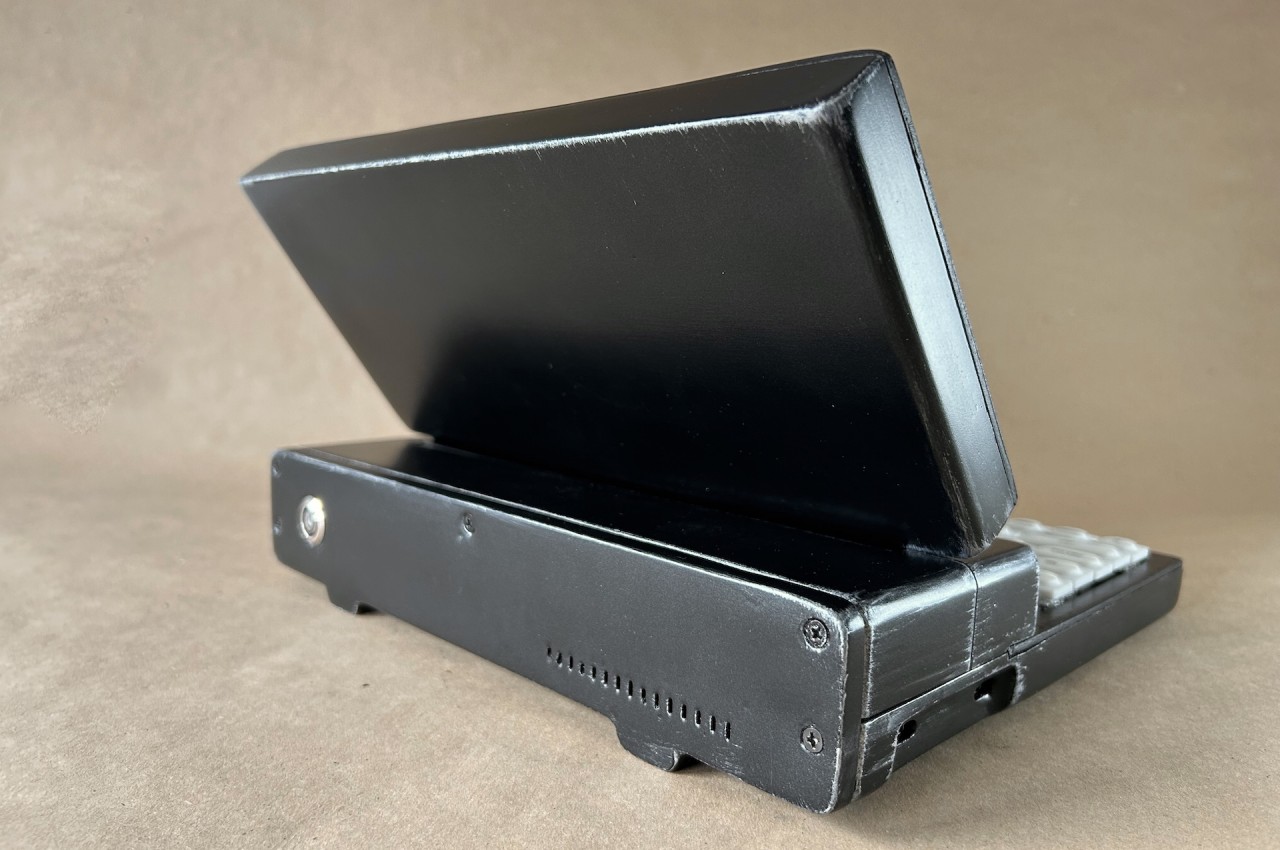
Launched in 1982, the Grid Compass (stylized by its creators as GRiD) is arguably one of the earliest predecessors of today’s laptops or at least the first to feature a clamshell design. The computer’s claim to fame was its use by NASA, particularly in the Space Shuttle program, as well as the US military. Its distinctive appearance, which is a large black box whose lid is only half the length of the box, became the template for many laptops that followed shortly.
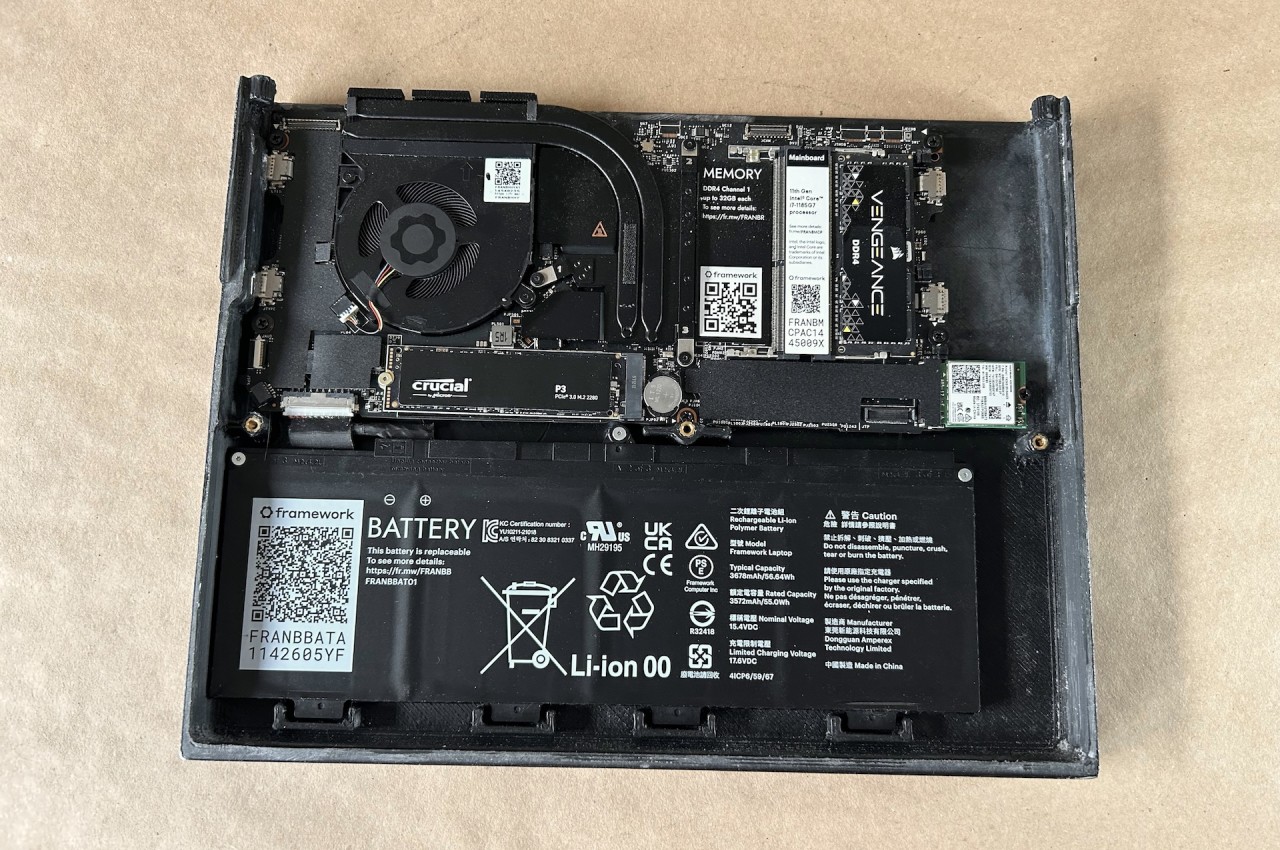
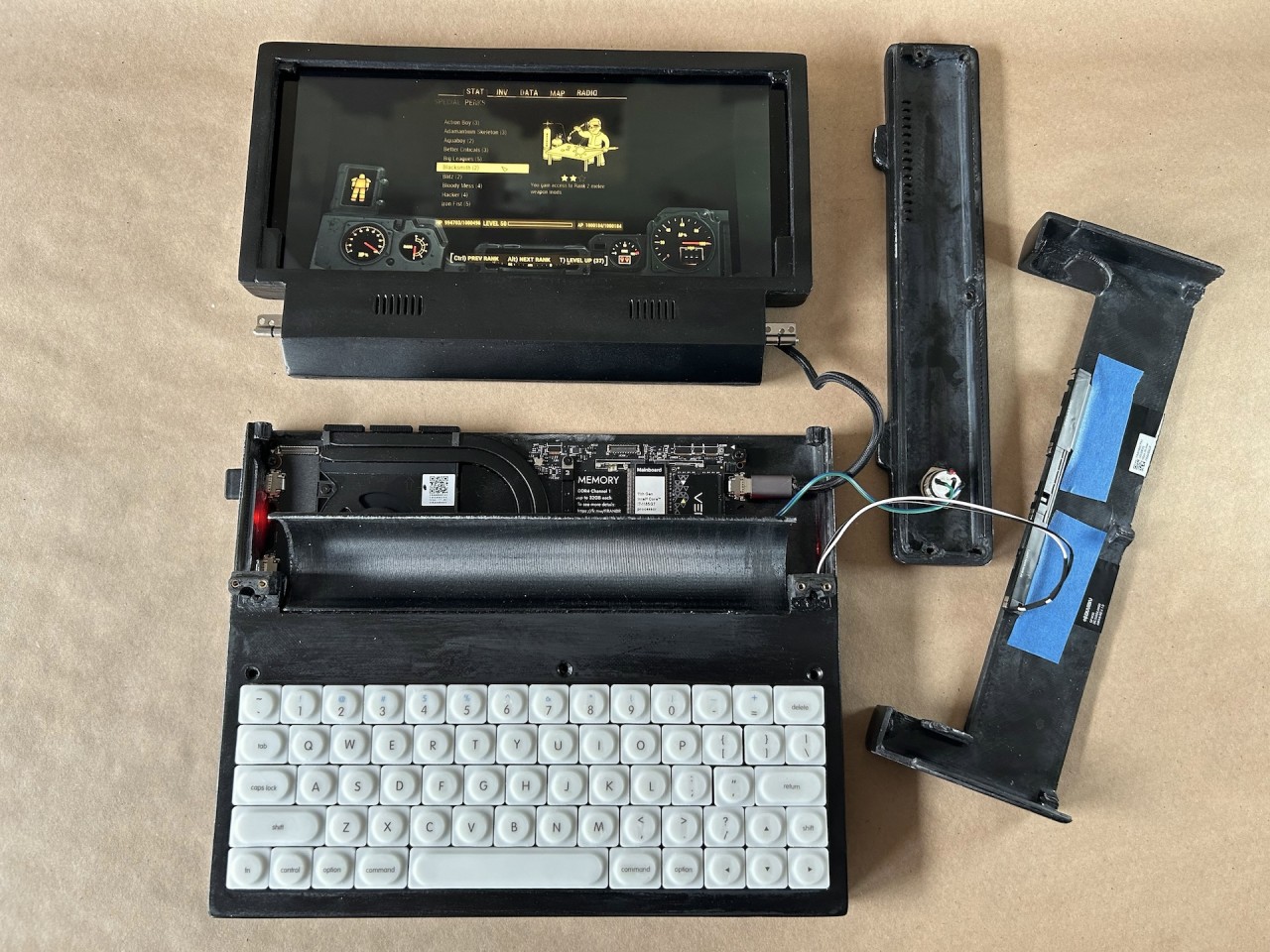
The rasti.computer rides on the ongoing retro wave and brings back that historic laptop with a modern twist: you can actually use it for your everyday work, presuming you’re up to the challenge of building one yourself. The mainboard for this DIY project was gutted from a modular Framework 13 laptop, though you can also buy a fresh new one from the manufacturer. You’re also mostly assembling the laptop from scratch, including the specially-designed keyboard. Fortunately, all of this information is freely available, so you can collect all the needed pieces while waiting for the guide to drop.
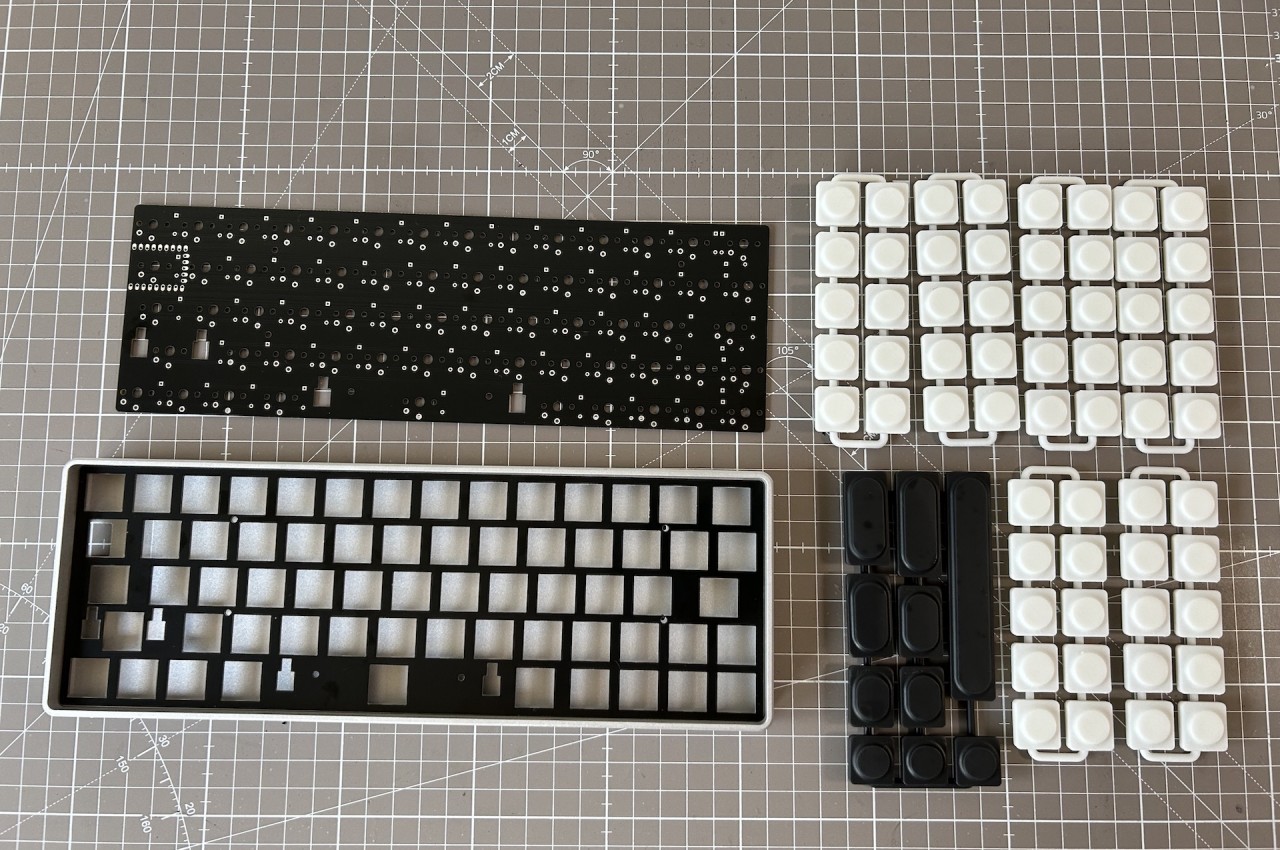
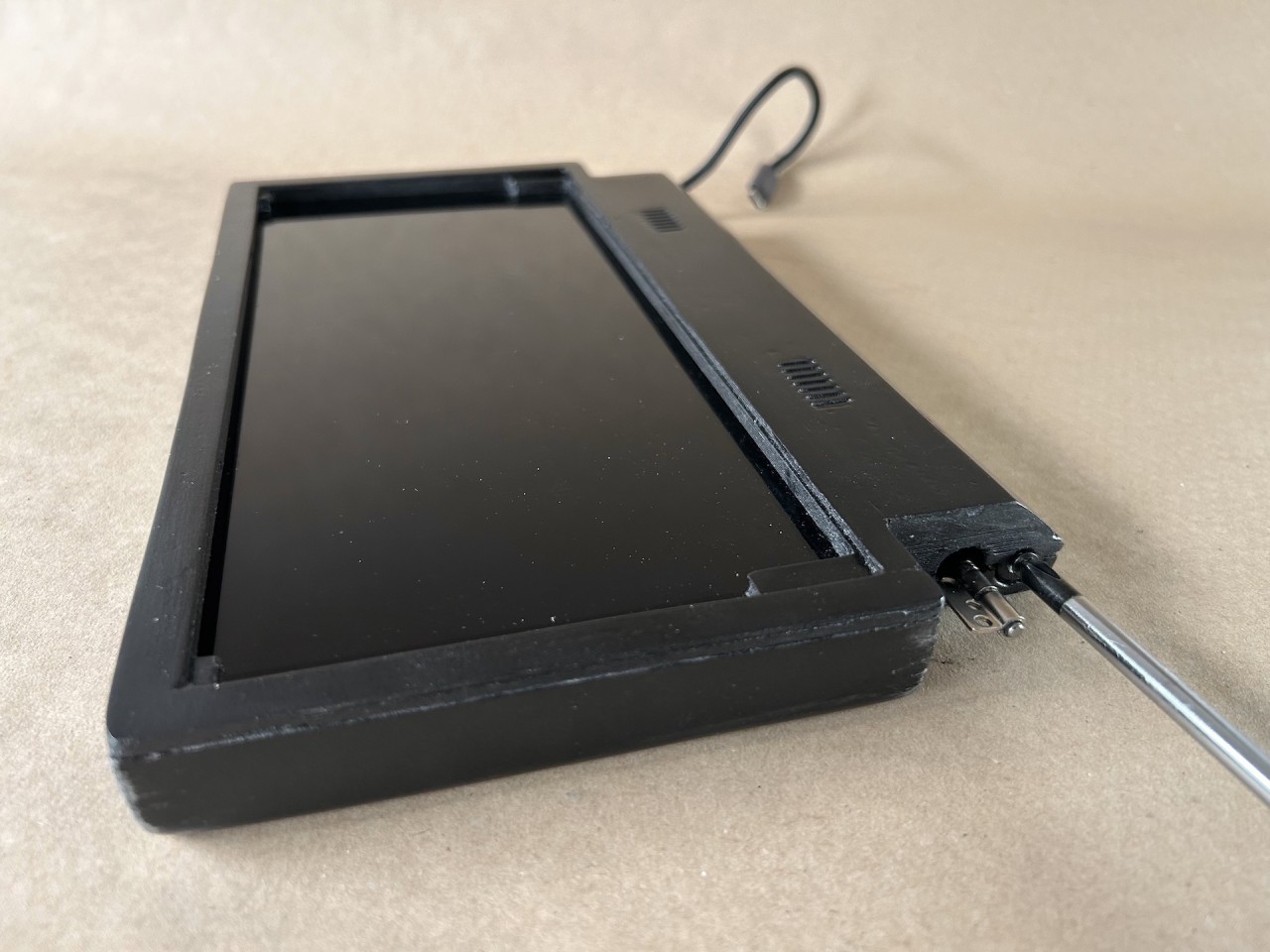
Of course, the process will be quite involved, like many DIY projects tend to be. There will be plenty of 3D printed parts required, not to mention soldering electronics while you’re at it. And just like many DIY projects like this, the satisfaction of the final design is the reward itself.
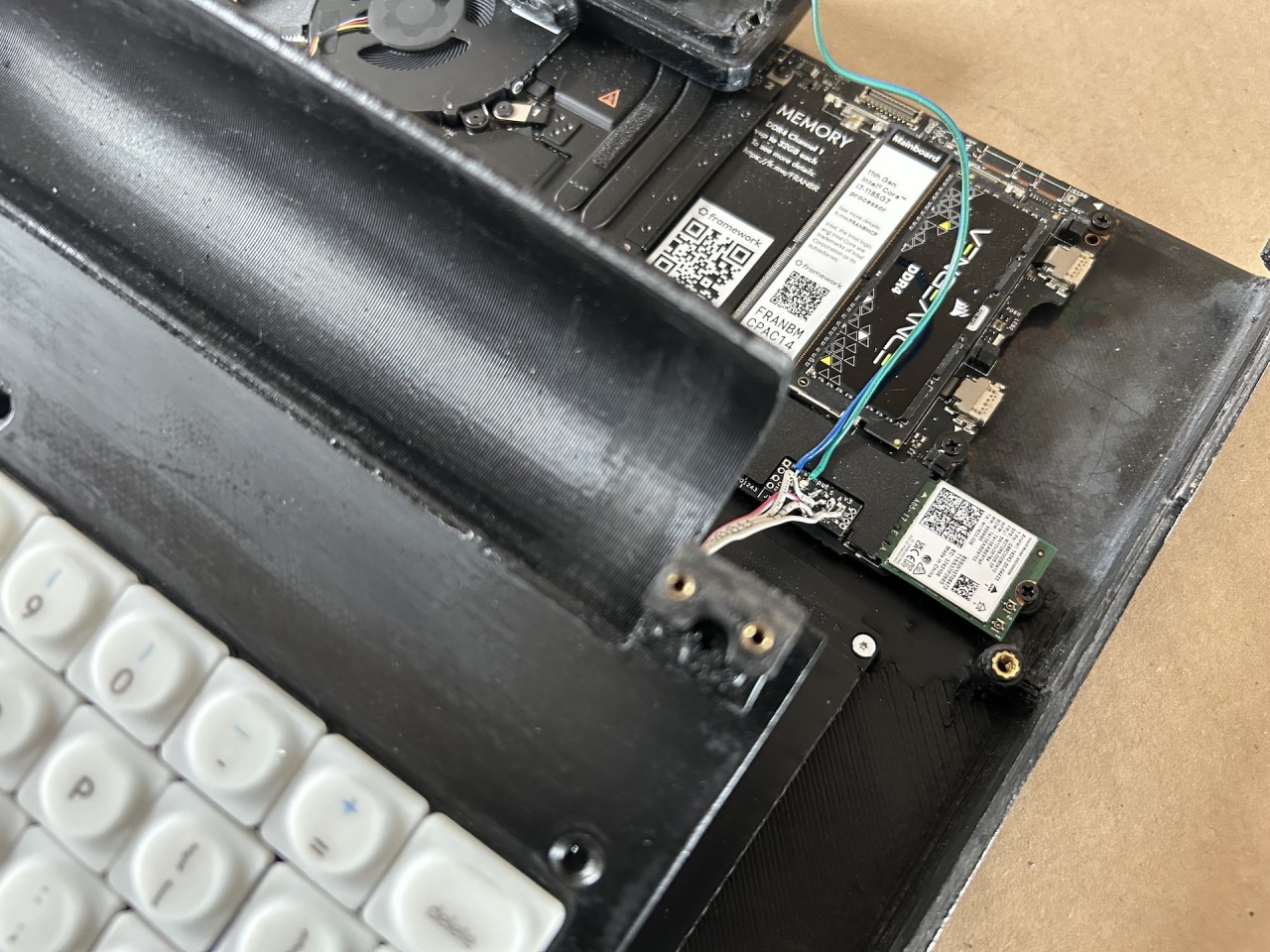
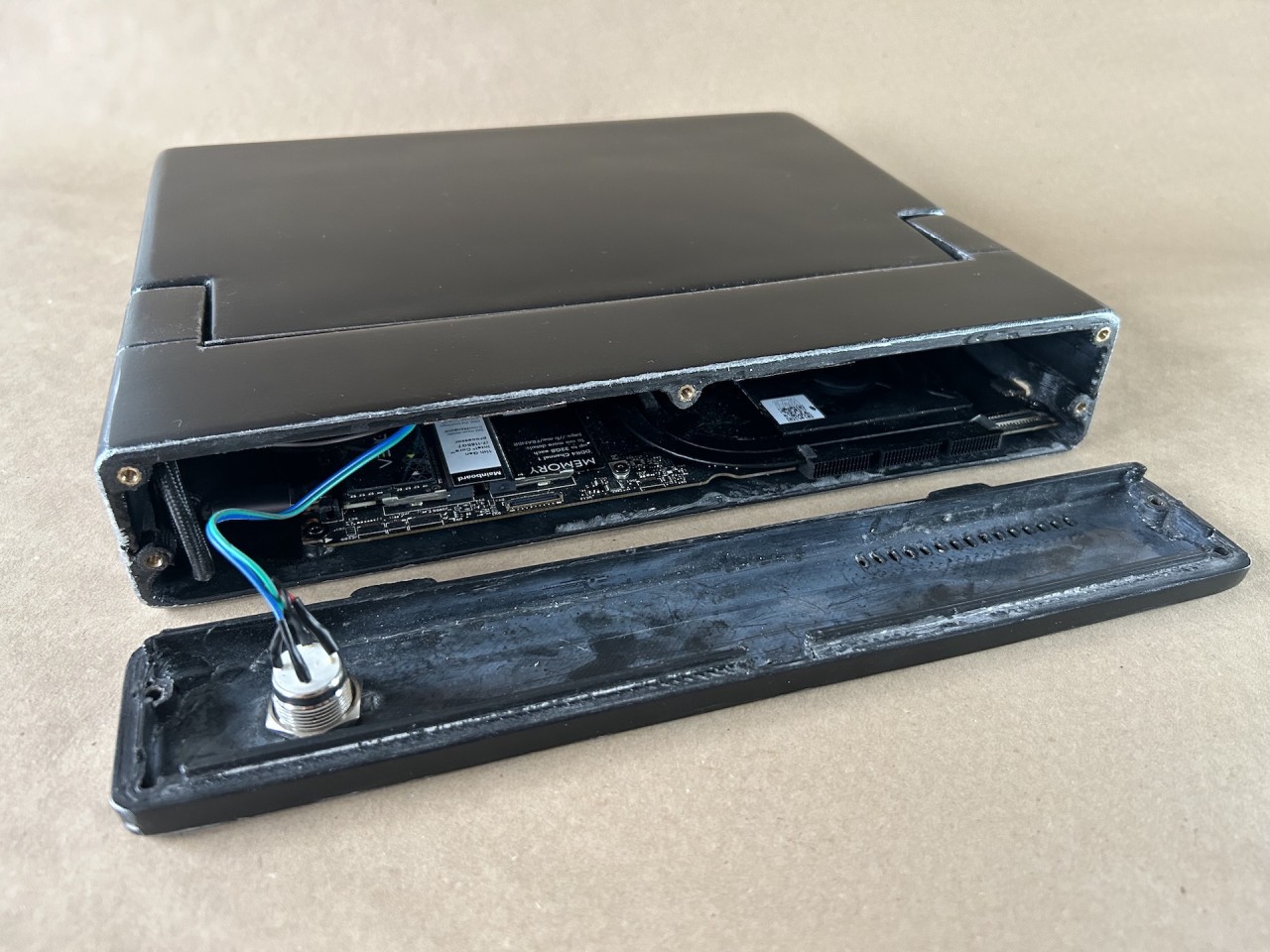
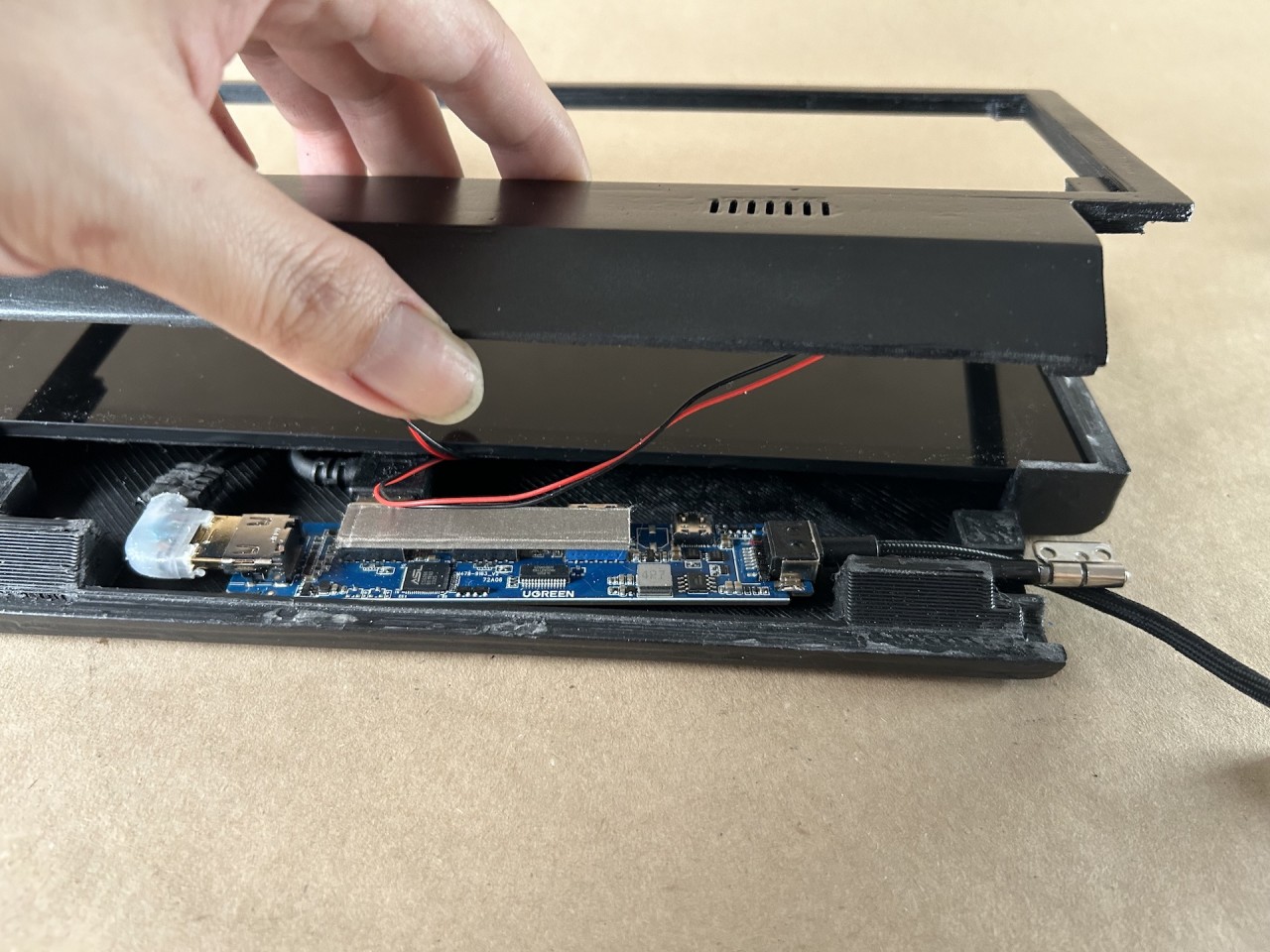
It doesn’t hurt that you get an actually functional modern computer, thanks to the use of modern computer hardware. It’s going to be a weird experience, nonetheless, with a wide and short 10.4-inch 1600×720 LCD screen and a rather bulky rear. It will definitely make you the center of attraction wherever you go, presuming you’d want to take this outside at all. It might even become a homing beacon to other computing history and tech enthusiasts who are interested in seeing what our ancestors would have experienced in using such a laptop design.
